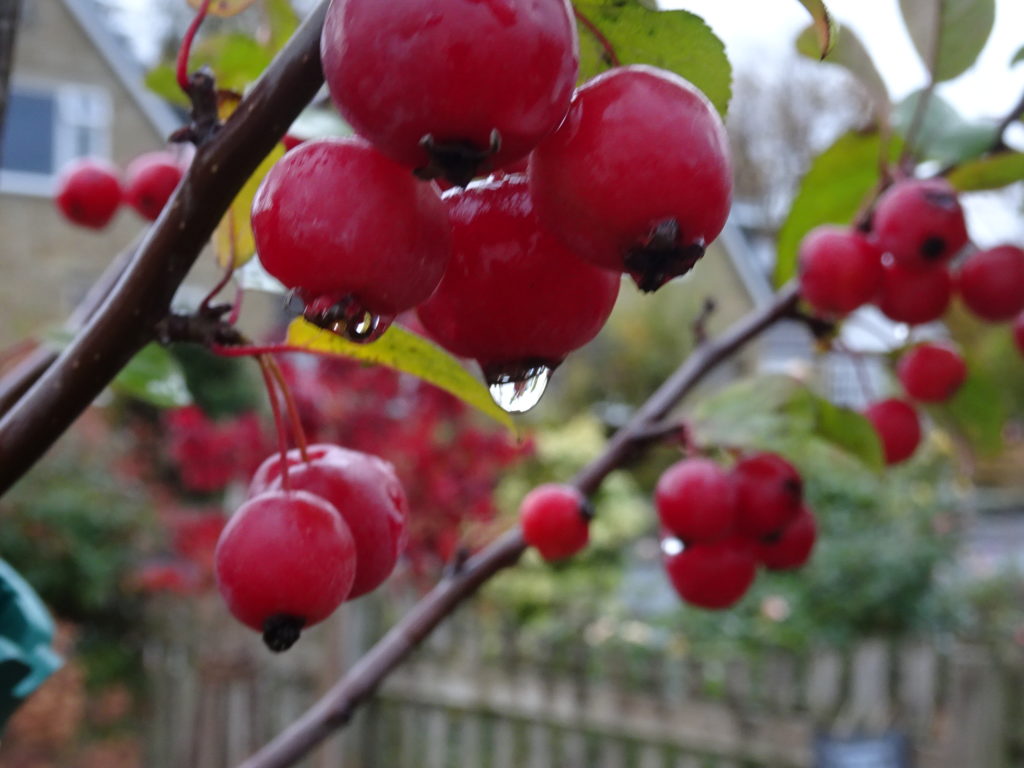Mast Year 2019
As I walked past a line of trees the beech nut husks crunched under foot. The pavement was strewn with copious quantities of this crunchy produce from the venerable trees. I was moved to include a few notes on nature’s masting process.
Mast Production
- A mast year occurs when a bumper crop is produced. It has the effect of increasing the potential for reproduction but also feeds-up creatures in anticipation of a hard winter.
- Mast seeding is also called masting and the produce is a mast
- Mast years are so called due to the production of many seeds by a plant every two years or so
- Masts are often produced in in regional synchrony with other plants of the same species.
- It is thought a mast year may be designed as a defense to assist reproduction of a species because seed predators become satiated before all the seeds have been consumed.
- Many species ‘mast’ including oak, hickory, and beech with their acorns, hickory nuts, and as with beechnuts they produce a ‘hard mast’.
- Fruit trees and other species may produce a soft mast but the volume of produce will still be much more fruit than normal

One thought on “Mast Year 2019”
I wonder whether old beech trees are more likely to fall during mast years?
Comments are closed.